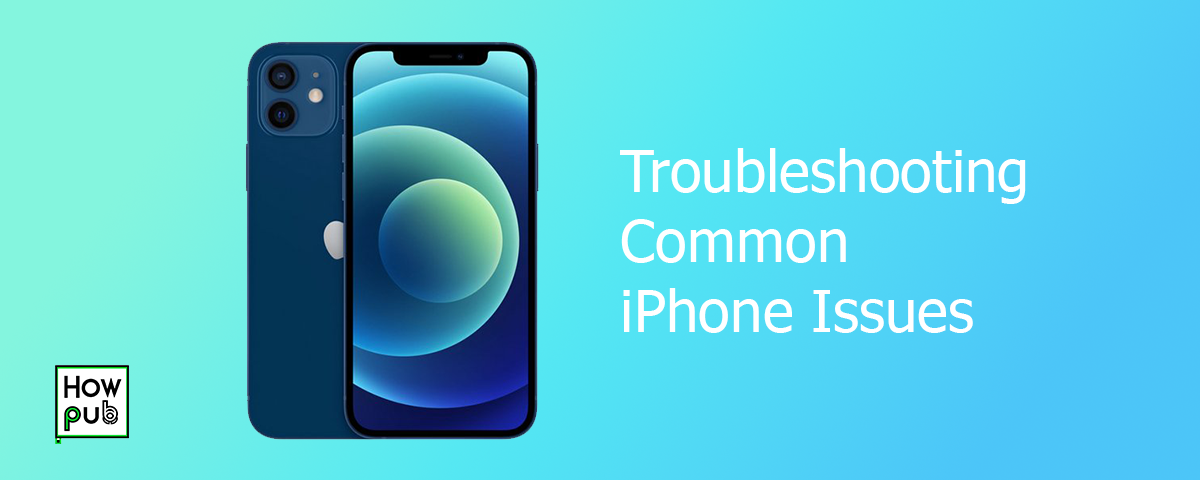iPhones are renowned for their reliability, but even the best devices can encounter issues. If your iPhone is freezing, crashing, or experiencing other common problems, this guide will help you troubleshoot and resolve these issues.
Table of Contents
- Introduction
- Common iPhone Issues
- How to Restart Your iPhone
- How to Reset Your iPhone
- Advanced Troubleshooting Tips
- When to Contact Apple Support
- Conclusion
Introduction
If you're experiencing issues with your iPhone, you're not alone. Many users encounter problems such as freezing, crashing, or unresponsive devices. This guide provides step-by-step instructions to troubleshoot and fix these common iPhone issues.
Common iPhone Issues
iPhone Freezes
One of the most common issues is an iPhone that freezes. This can happen for various reasons, including software glitches or insufficient memory.
Steps to fix:
- Force restart your iPhone (see How to Restart Your iPhone).
- Update iOS to the latest version.
- Free up storage space by deleting unnecessary apps and files.
iPhone Crashes
Crashes can occur when using specific apps or during general use. These crashes may result from software conflicts or outdated applications.
Steps to fix:
- Close the problematic app and reopen it.
- Check for app updates and install them.
- Reset your iPhone settings (see How to Reset Your iPhone).
iPhone Won't Turn On
If your iPhone doesn't turn on, it could be due to battery issues, hardware problems, or software malfunctions.
Steps to fix:
- Charge your iPhone for at least 30 minutes.
- Force restart your iPhone.
- Connect your iPhone to a computer and use iTunes or Finder to restore it.
iPhone Battery Drains Quickly
A rapidly draining battery can be frustrating. This issue can be caused by background app activity or outdated software.
Steps to fix:
- Check battery usage in Settings and identify high-drain apps.
- Disable background app refresh.
- Update to the latest iOS version.
How to Restart Your iPhone
Restarting your iPhone can resolve many temporary issues.
Steps to restart:
- For iPhone X and later: Press and hold the side button and volume up/down button until the slider appears. Drag the slider, then wait 30 seconds.
- For iPhone SE (2nd generation), 8, 7, or 6: Press and hold the side button until the slider appears. Drag the slider, then wait 30 seconds.
- For iPhone SE (1st generation), 5, or earlier: Press and hold the top button until the slider appears. Drag the slider, then wait 30 seconds.
How to Reset Your iPhone
Resetting your iPhone can solve more persistent issues by restoring it to default settings.
Steps to reset:
- Open Settings > General > Reset.
- Choose "Reset All Settings" to retain your data or "Erase All Content and Settings" for a complete reset.
- Enter your passcode and confirm the reset.
Advanced Troubleshooting Tips
If basic troubleshooting doesn't resolve your issue, consider these advanced tips:
- Restore from Backup: Use iTunes or Finder to restore your iPhone from a previous backup.
- DFU Mode Restore: Perform a Device Firmware Update (DFU) restore if other methods fail.
- Check for Hardware Issues: Inspect your iPhone for physical damage and ensure all connections are secure.
When to Contact Apple Support
If you've tried all the steps and your iPhone is still experiencing issues, it may be time to contact Apple Support. They can provide additional assistance and determine if a hardware repair is necessary.
Conclusion
Troubleshooting common iPhone issues can save you time and frustration. By following these steps, you can resolve most problems on your own. For persistent issues, don't hesitate to seek professional help from Apple Support.



